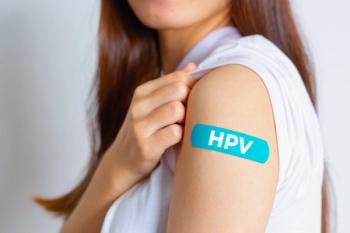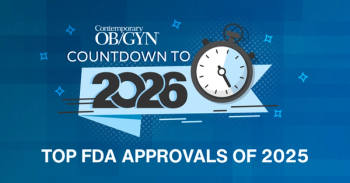
Second twin at greater risk for problems at birth
Second-born twins are at significantly greater risk for serious perinatal morbidity than first-born twins at all gestational ages, according to the results of a retrospective cohort study conducted in Nova Scotia. And the higher risk prevails regardless of presentation, chorionicity, or infant sex.
Second-born twins are at significantly greater risk for serious perinatal morbidity than first-born twins at all gestational ages, according to the results of a retrospective cohort study conducted in Nova Scotia. And the higher risk prevails regardless of presentation, chorionicity, or infant sex.
Researchers studied approximately 1,500 twin pairs and found that the relative risk for second-born versus first-born twins for composite adverse outcomes was 1.62 (95% CI; 1.38–1.9). Factors that increased the risk included planned vaginal delivery, birthweight discordance, and prolonged interdelivery interval.
While term second-borns suffered less morbidity when delivered via elective cesarean versus the vaginal route, researchers calculated that it would take approximately 33 planned cesarean births to prevent one composite adverse outcome. Perinatal morbidity for second-born twins born at 37 weeks' gestation or later most often entailed asphyxia, while those born earlier most often suffered from respiratory distress syndrome.
Newsletter
Get the latest clinical updates, case studies, and expert commentary in obstetric and gynecologic care. Sign up now to stay informed.











